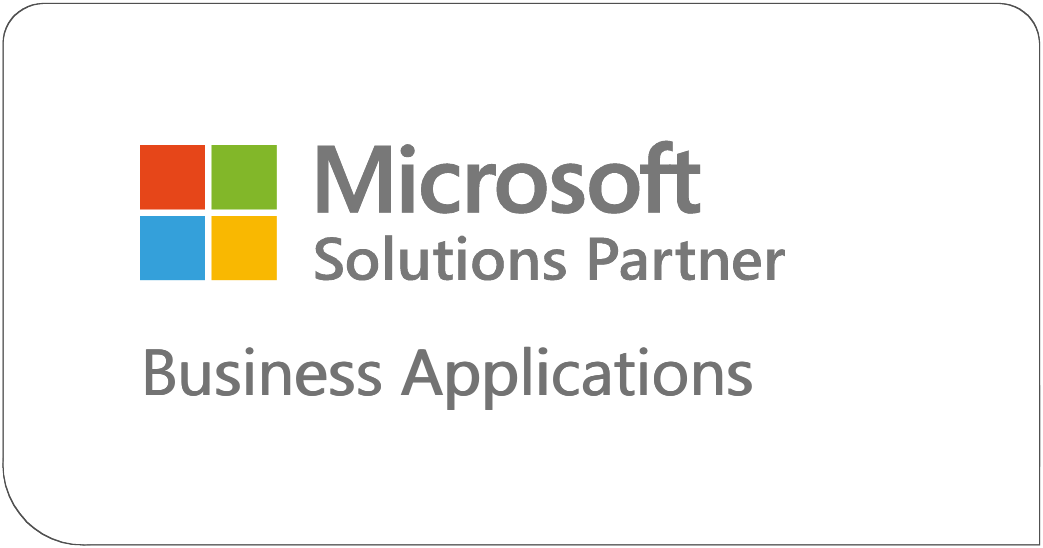| Umair Nasar

Companies want smart solutions to enhance processes, interact with clients, and make better choices. Microsoft Power Platform, which incorporates Power Apps, Power Automate, Power BI, and Power Virtual Agents, works flawlessly with Dynamics 365, a hard and fast of enterprise applications. This integration can substantially decorate how corporations operate. Let’s discover how combining these tools can benefit the enterprise.
What is the Power Platform?
The Power Platform helps users build apps, automate tasks, analyze data, and create chatbots without needing to know a lot about coding. Its main components are:
Power Apps:Build custom apps tailored to your business needs.
Power Automate: Automate repetitive tasks and connect different apps.
Power BI: Create interactive reports and visualizations from data.
Power Virtual Agents:Make chatbots to engage with customers and answer their questions.
What is Dynamics 365?
Dynamics 365 combines customer relationship management and enterprise resource planning capabilities. It includes applications for sales, customer service, finance, and operations. This helps businesses manage customer relationships, streamline operations, and gain insights for growth.
Benefits of Integration
Combining Power Platform with Dynamics 365 offers several advantages:
1. Custom App Development
With Power Apps, businesses can create tailored applications that enhance what Dynamics 365 offers. For example, if the sales team needs a specific tool for tracking customer interactions, they can build an app that connects directly to their Dynamics data.
2. Streamlined Workflow Automation
Power Automate makes it smooth to automate workflows between Dynamics 365 and other programs. For example, whilst a new lead is delivered in Dynamics 365 for Sales, Power Automate can send an email notification to the income group or create a comply with-up assignment in Microsoft Planner. This saves time and guarantees brief responses.
3. Enhanced Data Insights
Power BI connects effortlessly with Dynamics 365, allowing users to create reports and dashboards. By pulling records directly from Dynamics 365, agencies can visualize sales performance, customer satisfaction, and greater in real time. This allows leaders make informed choices quick.
4. Improved Customer Engagement
With Power Virtual Agents, corporations can create chatbots that combine with Dynamics 365. For example, a customer support chatbot can access Dynamics statistics to reply questions about order statuses, leading to quicker and higher customer service.
5. Advanced Analytics and AI Capabilities
The integration lets in organizations use superior analytics and AI functions. For example, AI Builder in Power Apps can analyze patron data from Dynamics 365, recognizing tendencies and making predictions that help in choice-making.
Real-World Example: A Retail Business
Imagine a retail company using Dynamics 365 to manage inventory and customer relationships. By integrating Power Platform, the company can:
Custom App for Inventory:
Create a Power App that lets store managers update inventory levels in real time.
Automated Order Processing:
Use Power Automate to automatically process orders, updating inventory and notifying teams.
Sales Insights Dashboard:
Build a Power BI dashboard to visualize sales trends and customer preferences.
Customer Support Chatbot:
Implement a chatbot that answers common questions, pulling information from Dynamics 365.
Conclusion
Integrating Microsoft Power Platform with Dynamics 365 can greatly decorate how corporations perform. The combination lets in groups to construct custom solutions, automate workflows, and advantage precious insights from their data. By the use of those gear together, businesses can enhance performance, improve productivity, and achieve their dreams. Start exploring the Power Platform and Dynamics 365 nowadays to unencumber new possibilities in your enterprise!

